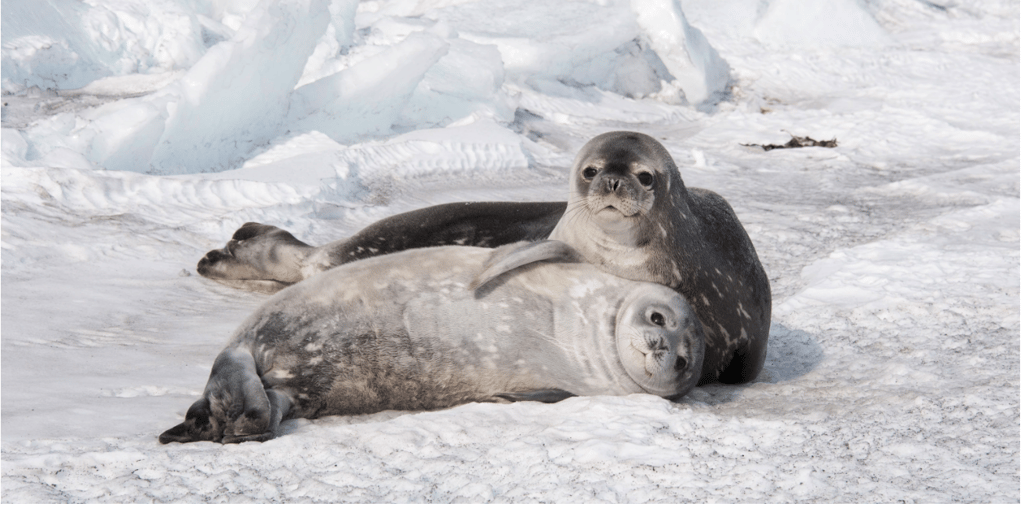Scientists were successful in estimating the accurate Weddell seal population in Antarctica. Read to know how this monumental task was made possible.
Here’s how scientists confirm the Weddell seal population:
Weddell seals are an important indicator species of changes in sea ice and food web in the Southern region. Despite surviving for as long as 30 years in the extreme Antarctic environment, counting them is expensive and very difficult. (https://bolivarescapes.com) As per Dr. Michelle LaRue, previously, population estimations were “more back-of-the-envelope type calculations”. Dr. LaRue is an associate professor of gateway Antarctica at the University of Canterbury.
“The previous research was done by traditional surveyors – shipboard surveys and aerial surveys – but you can’t physically get to the entire Antarctic continent all at one time,” she explained. Since the previous studies were “imprecise” LaRue set out to create a baseline for the population in 2016. Thanks to citizen scientists and images of the region from space, the effort was made possible. Citizen scientists are volunteers from the general public who collaborate in research and help increase the scientific database and knowledge. Over 330,000 volunteers contributed to the study.
More on the population estimation
The massive effort relied on volunteers looking for Weddell seal identifications in the satellite images. The volunteers obtained photos from a location in Antarctica. And they were tasked with searching and then checking or unchecking a box based on the presence or absence of the animal. “We combined [the] imagery with a web platform to conduct a citizen science campaign to find out three things: where seals are present, their abundance, and the environmental factors that influence their habitat preferences,” explained the researcher.
Narrowing the habitat was more efficient and exact as more people clicked yes for a region. According to the studies, at the time when the images were captured, the global population of the seals was just 40 percent of the 800,000 estimated previously.
